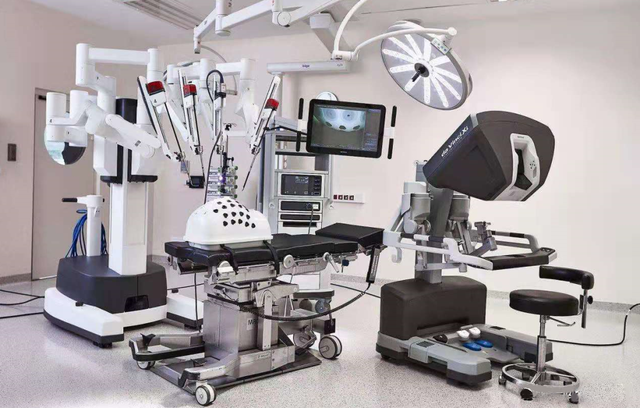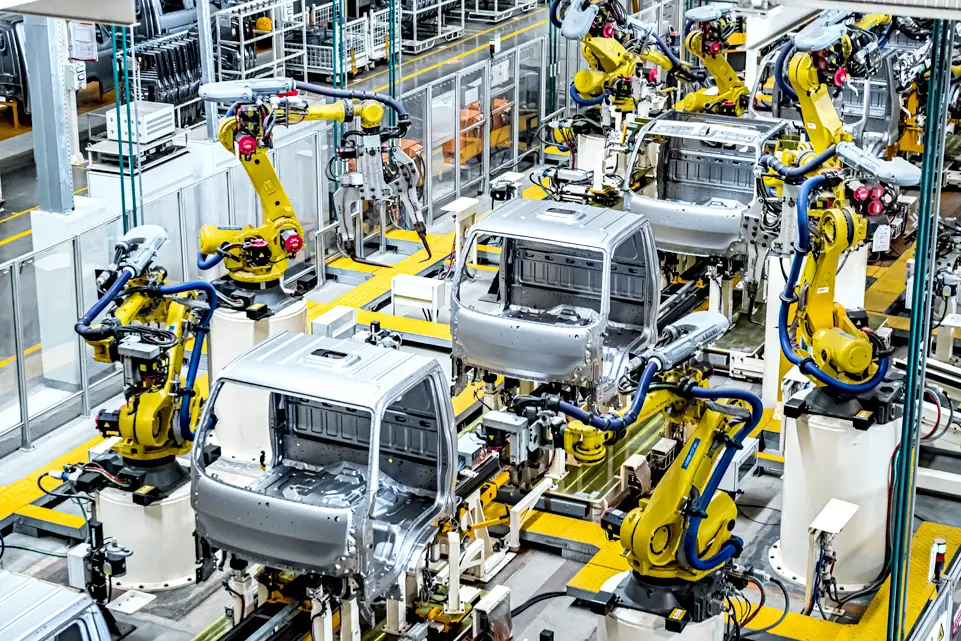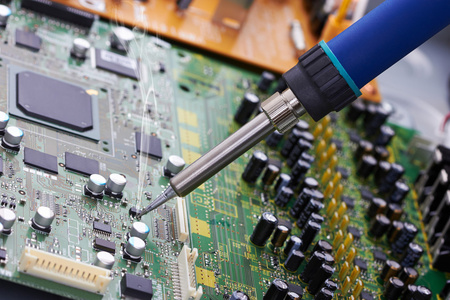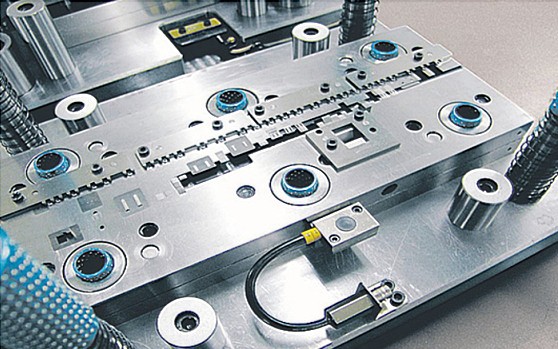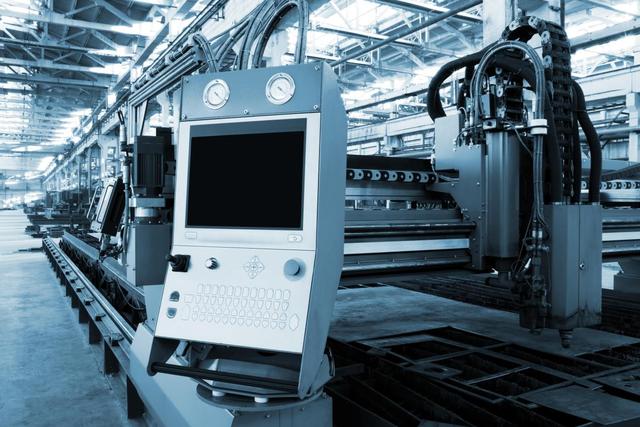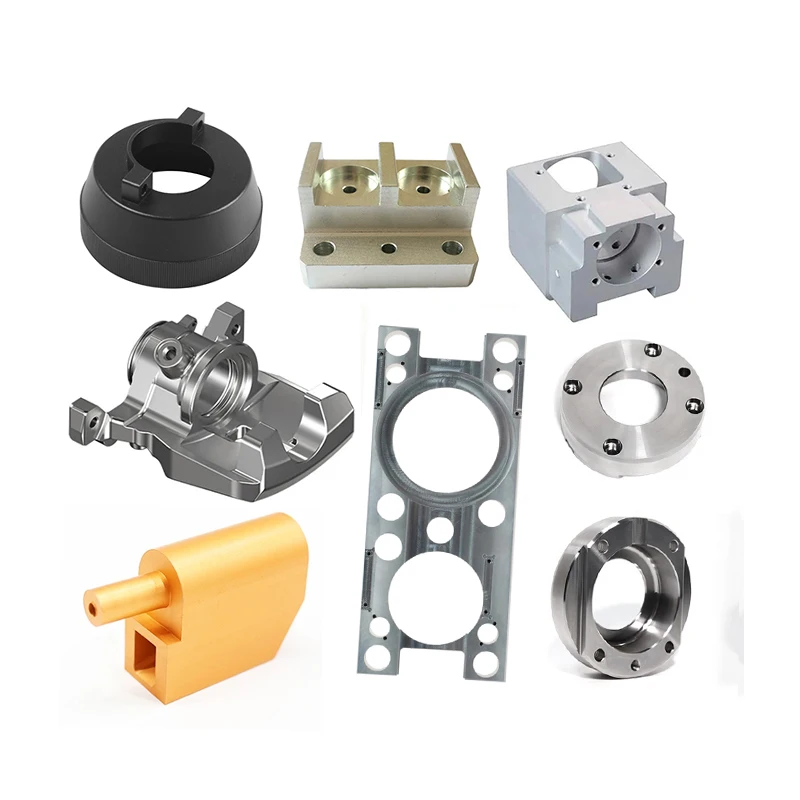
Ensuring Excellence: The Role of Quality Control in Parts Manufacturing
Understand the critical role of quality control in parts manufacturing, including the implementation of rigorous inspection protocols, continuous monitoring, and adherence to industry standards. Learn how these practices ensure the production of high-quality, reliable components.
Quote Now!
Ensuring Excellence: The Role of Quality Control in Parts Manufacturing
Release time:2024-07-01 | Visits:376In parts manufacturing, quality control is not just a final step; it's a continuous process that ensures each component meets stringent standards. High-quality parts are essential for the safety, performance, and longevity of products across various industries, from aerospace to medical devices.

Implementing Rigorous Inspection Protocols
Quality control begins with rigorous inspection protocols. Advanced techniques such as coordinate measuring machines (CMM), laser scanning, and ultrasonic testing are used to inspect parts for dimensional accuracy and surface integrity. These technologies allow manufacturers to detect even the slightest defects and ensure that every part meets precise specifications.
Continuous Monitoring and Improvement
Effective quality control involves continuous monitoring throughout the manufacturing process. By implementing real-time monitoring systems, manufacturers can identify and address potential issues before they become major problems. This proactive approach not only enhances the quality of the final product but also improves overall efficiency and reduces waste.
Adhering to Industry Standards
Adherence to industry standards and certifications, such as ISO 9001, is crucial in parts manufacturing. These standards provide a framework for quality management systems and ensure that manufacturers consistently produce parts that meet or exceed customer expectations. By following these guidelines, manufacturers can build trust with their clients and maintain a competitive edge.
Conclusion
Quality control is the cornerstone of successful parts manufacturing. By implementing rigorous inspection protocols, continuous monitoring, and adhering to industry standards, manufacturers can ensure the excellence of their products and maintain a reputation for reliability and precision.


